Writing Stories Guide – How Hard Can It Be?
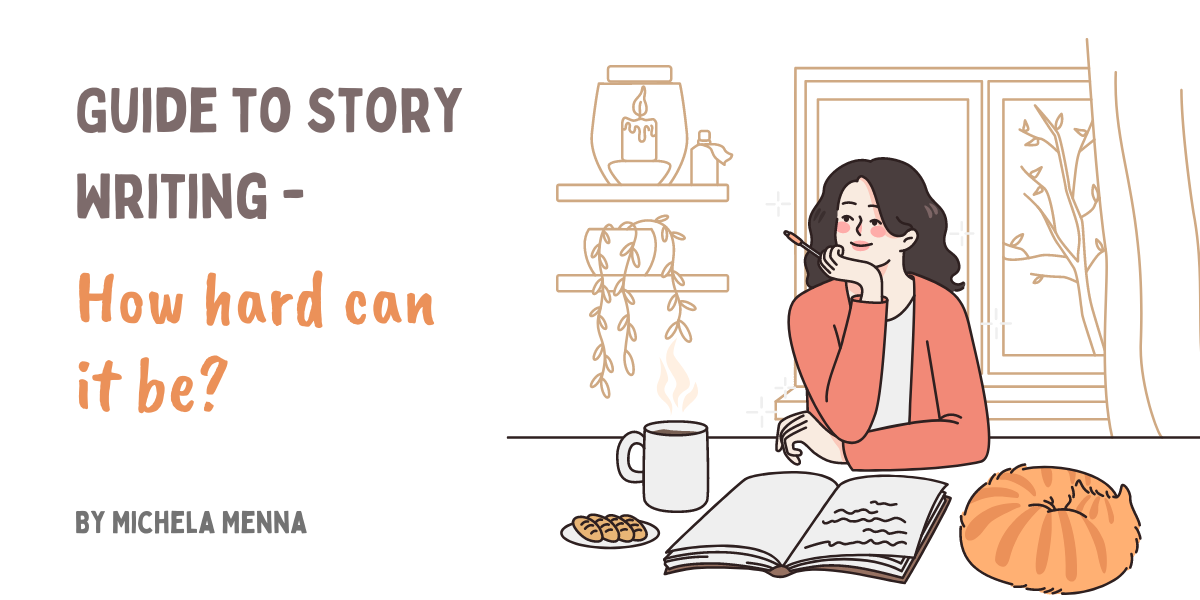
A while ago, my school organized an online session with author Dave Rudden, who you may know from “Knights of the Borrowed Dark” or “The Endless King”. He had given us a good handful of tips on writing stories for TV shows, and how to make stories more interesting.
Then, just over a month ago I had a week-long course with the Irish Film Institute, and on one of the days screenwriter Díog O’Connell gave us a short speech on what makes good screenwriting, including story structure and compelling characters. Me, being the absolute nerd that I am, wrote a good five copy pages worth of notes for future writing.
So here are all the tips I received bundled up into a single article, in the hopes of giving you a little starting push in writing the story you’ve always wanted to write. I will mostly focus on how to write more theatrical productions, but you can use these tips for any format. Enjoy!
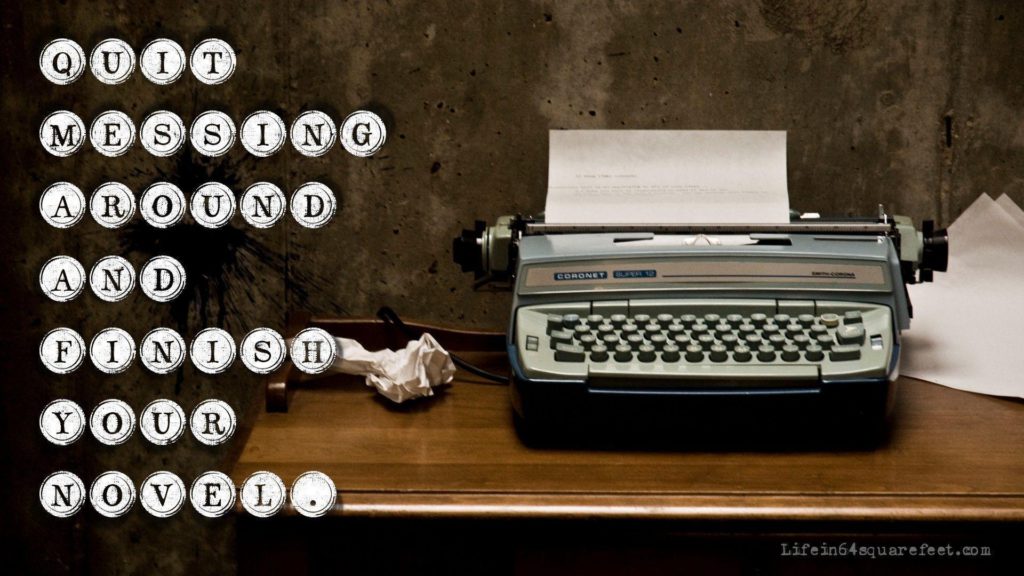
Step 1: Drafting and Getting Ideas
The initial step of writing stories is setting up your idea. This can be done in a variety of ways, but the first step is to decide on a specific genre(s) and stick to it. This could be anything; romance, action, you name it. Or otherwise, you can mix multiple genres to create something that feels creative and new. Regardless, it gives you a sort of guideline to stick to while creating your story.
However, getting ideas is often a huge bummer, and the concept of “Writer’s Block” isn’t uncommon. Often, the easiest way to deal with Writer’s Block is just to sit down and deal with it. Just put pen to paper and let your imagination glide through your words. If you’re missing the inspiration, here’s a few suggestions that could help you get some ideas:
- Have an ideas notebook: Having a little ideas notebook to carry around with you is always super helpful. Having that notebook on hand allows you to not forget them, and to work on them later when you have the proper time.
- Real life experiences: Real life experiences and memories are a huge inspiration to many blockbuster stories. Did you know that, according to Insider, Pixar’s new “Turning Red” was inspired by director Domee Shi’s childhood? She stated that “Like Mei Lee in the movie, I am an only child. I was always very, very close with my parents, especially my mom, since my dad had to go away often for work. “We were like two peas in a pod.”
- News item: The news is filled with many titillating events, and if a particular topic caught your attention, it’s very likely it will interest others just as much. Would you believe, according to Mental Floss, the infamous “The Fast and The Furious” was inspired by a newspaper article written by Kenneth Li Rafael called “Racer X”, discussing the illegal street racing culture of the 90’s.
- Historical events: Just like the above stated, historical events can be just as, if not more fascinating. From the fictional to the less fictional, anything can be set in or based on a particular historical event. An excellent example is “Jojo Rabbit” from 2019, set in Nazi Germany, specifically nearing the end of World War II.
- Social issues: From the more everyday social issues such as peer pressure, to the more extreme such as racism, a message can be told in so many ways. It can be presented in a more direct straightforward, and often even literal way, or in a more subtle way through metaphors. For example, the character Remus Lupin in Harry Potter, and the (SPOILERS!) big stigma associated with him being a werewolf was a symbolism for people living with HIV and AIDS, and the discrimination they can face as a result.
- Adaptation from other stories: Did you know that, according to Díog O’Connell, 80% of movies (and, according to Medium, 70% of the world’s top 20 grossing films) are based on books and other stories? For example, the book series Harry Potter and Twilight both heavily took inspiration from folklore regarding magical creatures, like wizards, vampires, and werewolves.
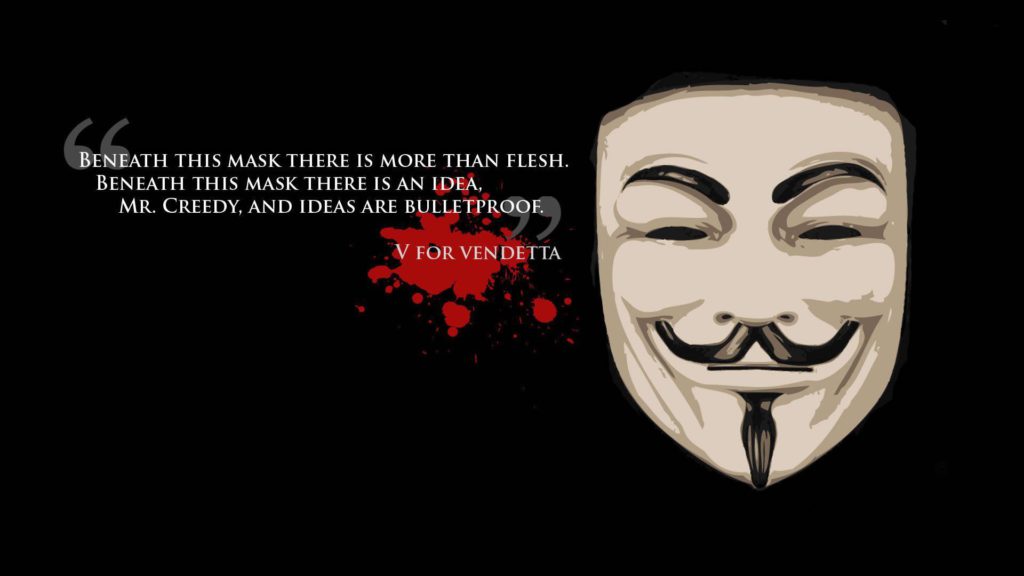
Step 2: Building the story
Everyone will have their own way of building up their story, but there are two pivotal parts that should always be considered: the main plot, and the characters. In most cases, a story can be put into one of two categories:
- The Plot-Driven, which focus on external conflict
- The Character-Driven, which focus on inner conflict that largely occurs within a character or characters.
Stories are generally about characters solving a problem that has arisen. What you should try do to create a satisfying story is to make readers feel like they went on a journey and give a gasp of satisfaction at completion of your piece.
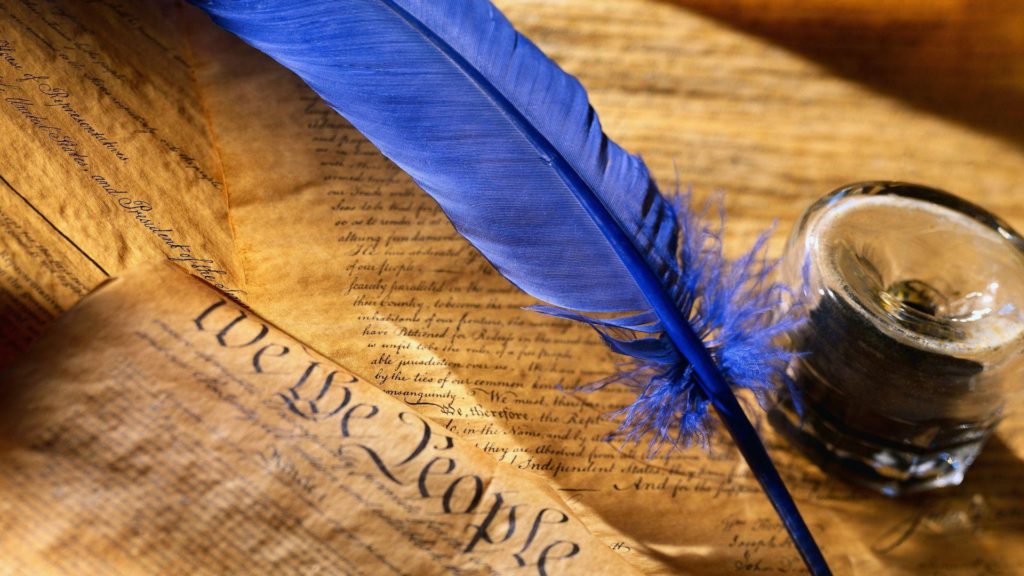
The following is one of the most used story formats, especially in TV shows, known as the “three-structure”:
- Introduction / Act 1: The introduction usually follows a normal day in the lives of a character. It shows their usual expectations, and highs and lows.
- Complication / Act 2: Something exciting happens that changes the main character’s life. They can’t fix it, and as the situation grows worse, a disaster is growing more inevitable by the second. This build up leads to the “All is Lost” moment. The characters lost something important to them. They have hit rock bottom, and they need to turn things around to get back on track. This is when the realization occurs, satisfyingly rising to fight back against whatever caused them to fall so low.
- Climax / Act 3: The problem is (maybe) fixed, ensuing the resolution, where we see how the characters have evolved over the story. We look at the results of the story’s complication, and what the characters have learned and experienced.
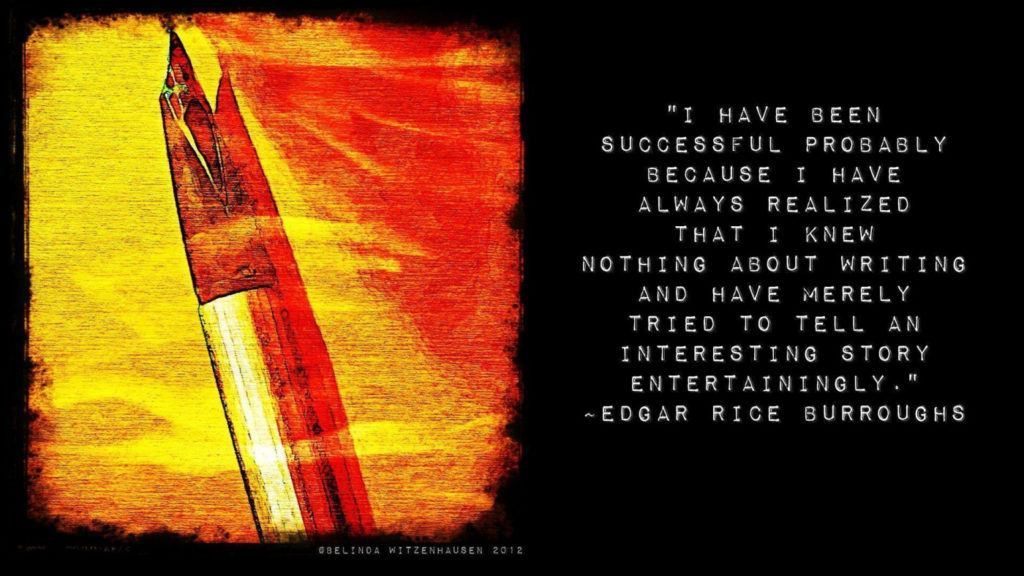
Of course, this is only an example of a story format that can help you get started. Stories can be told in an infinite number of ways. It often is, in fact, the author’s method of storytelling that makes them and their story so unique. To learn more about story structures, be sure to check out this site: https://www.masterclass.com/articles/how-to-write-a-better-novel#4-types-of-story-structures-and-how-to-use-each.
Furthermore, another huge part of stories are clichés. These are events in stories that we see continuously, like the “character turns on the TV to find crucial plot point on the news” cliché, or the classic “We’ve got company” cliché. (Check this article out for more clichés to avoid: https://www.studiobinder.com/blog/movie-cliches/).
Nonetheless, that doesn’t mean stay away from clichés entirely, just use them in a more original way, even if it’s not completely so. The key is to use it without making the audience associate it with something else they’ve already seen, so that it feels new.
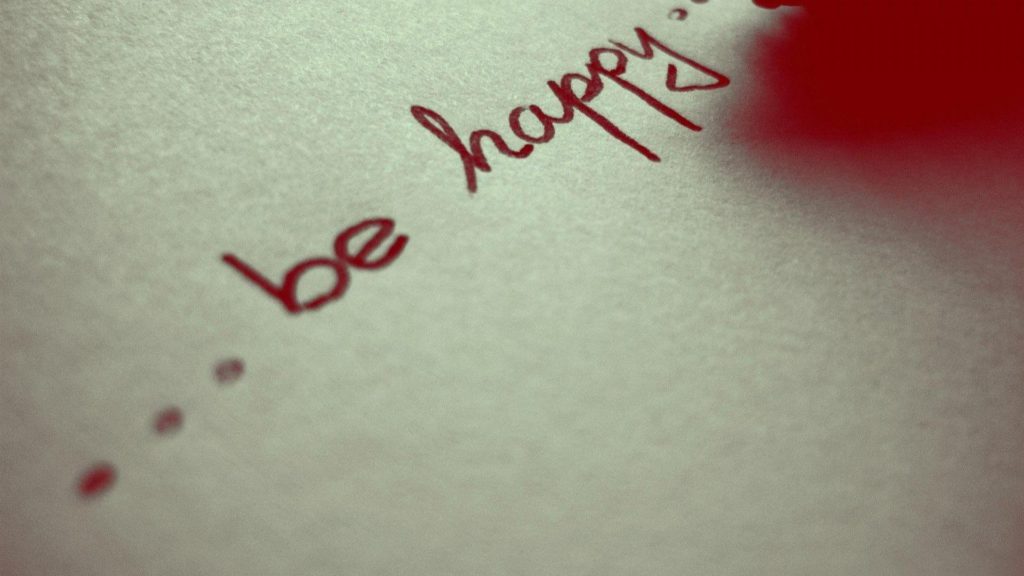
Step 3: Developing Characters
Finally, we get to the fun bit: developing the characters. This is truly where your mind can go wild and create whatever character comes to mind. However, there are a couple of things that make your characters really stand out.
When creating a character, you should first think about their life story. This can be separated into two components: the interior and the exterior of the character.
- The exterior of a character is everything that happens to a character from the start to the end of the film. It’s about the different characteristics that make up the character.
- The interior of a character is everything that happens from their birth to the start of the film. It’s their backstory, which may not necessarily be seen throughout the story, but it’s important for them to have one to make them have agency and feel real. It’s important to fully develop a character to see where they are coming from.
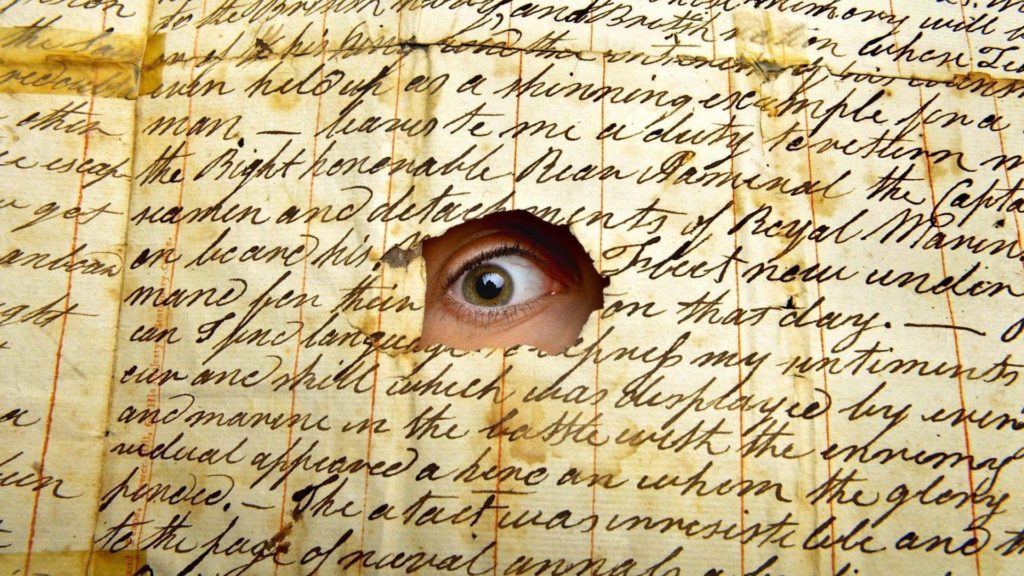
Now you’ve got the story, you need to give them a want. A want is something they deeply desire, let that be a specific object, a life opportunity, a person. They need a dream to chase and a good reason to want it. A good motivation makes them understandable and interesting, even if you’re not particularly fond of them.
They also need flaws. A character without some conflicts is boring and unrealistic. Furthermore, if you make that flaw relatable to its readers, it will make them more understandable.
An interesting tip you may want to follow is to take your character through a typical day. For example, how do they wake up in the morning? Are they wide awake, or hit the snooze button? How do they get to where they’re going? What do their relationships look like? Put them into lots of different situations and see how they respond to them. This activity demonstrates their personality, situations, friendships, morals, situation and interactions, and will help you construct your character
You should also add something trademark about them. Something distinct that you should be able to solely associate with that character and helps you identify them immediately. This can take many forms, including clothing, likes, accent, objects, etc. Some examples include Harry Potter’s scar and round glasses and Effie Trinket’s absurd clothing and Capitol accent (from the Hunger Games). These features help you tell something about them and is a way to show their backstory without explicitly telling you.
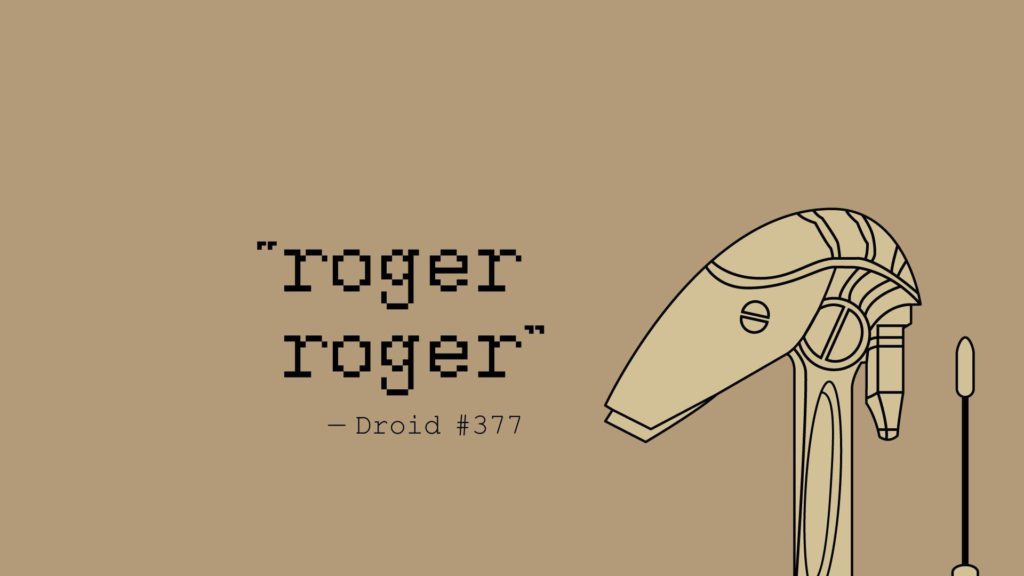
Some Final Tips…
Sometimes the inspiration just doesn’t come. About what story you want to write, about how the characters will turn out. When that happens, just sit down and start, as if you keep postponing it you never will. Just let your mind glide inside of your brilliant imagination and practice, practice, practice. The more you write, the more you improve (perhaps try starting journaling and other activities to get those brain juices flowing!).
And most importantly, never feel ashamed of what you write. Who knows, it might just be the next masterpiece!

Was this article helpful to you? What stories did you write? Let me know in the comments below! Until next time, toodles!
